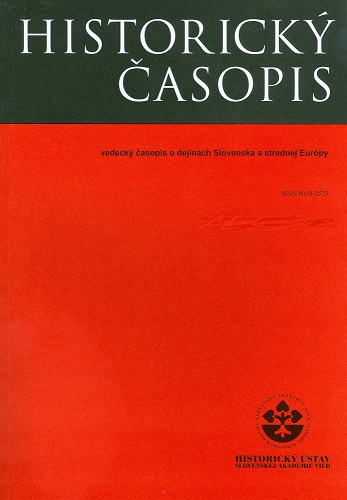Trendy a smerovanie populačnej politiky na Slovensku v rokoch 1918 – 1945
Trends and Directions in Population Policy in Slovakia, 1918–1945
Author(s): Pavol Tišliar, Branislav Šprocha, Eva ŠkorvankováSubject(s): Governance, Political history, Social history, Politics and society, Social development, Demography and human biology, Interwar Period (1920 - 1939)
Published by: Historický ústav SAV
Keywords: Population policy; Ideas on population; Demographic development; Slovakia; First half of the 20th century;
Summary/Abstract: The paper is concerned with the main changes of direction in population policy in Slovakia in the period 1918–1945. Gradual appearance and deepening of changes in reproductive behaviour in the framework of the demographic revolution was characteristic of this period. The number of births decreased and so did infant mortality. On the other hand, limited possibilities for application outside the primary sector forced many people of productive age to seek employment abroad. The population policy of inter-war Czechoslovakia was contradictory and unsystematic. On the one hand, it strove to raise the birth rate, especially in relation to the very low fertility in the western parts of the state, but on the other it promoted migration to solve the problem of unemployment. After the break up of Czechoslovakia and the formation of the Slovak state, various measures were introduced with the aim of increasing the population. However, these were not intended for the Jewish and Roma populations, which were subjected to racial persecution by law.
Journal: Historický časopis
- Issue Year: 67/2019
- Issue No: 1
- Page Range: 83-101
- Page Count: 19
- Language: Slovak

